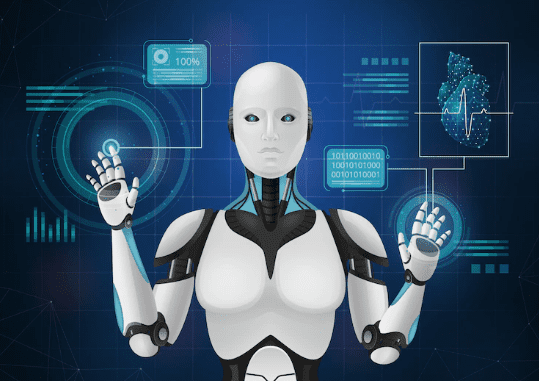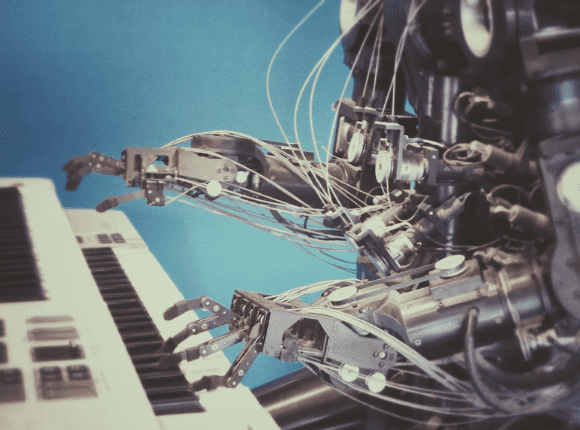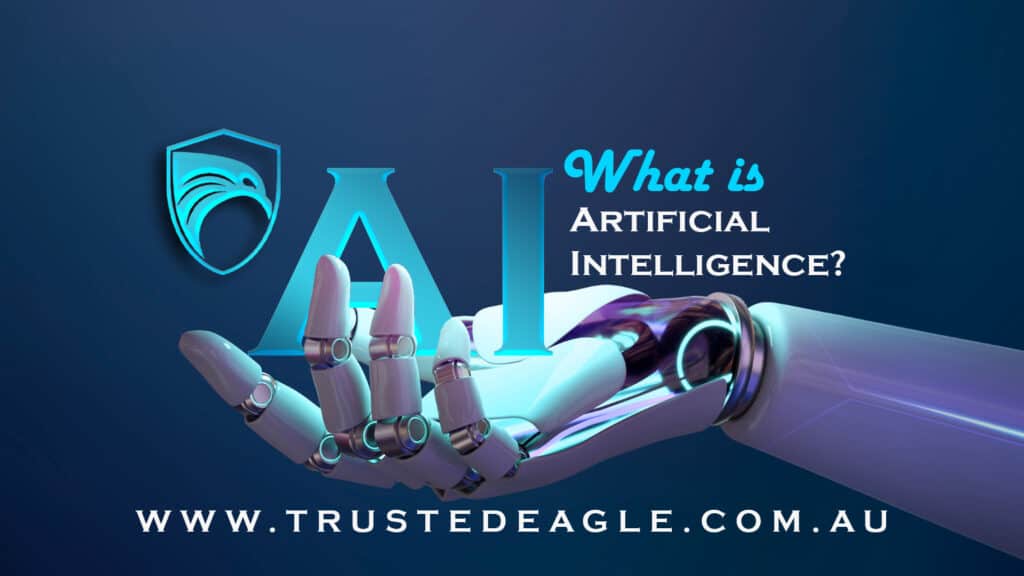What Is AI Technology? A Brief Introduction
Table of content:
| 1. Defining AI |
| 2. The Three Types of AI |
| 3. The History of AI |
| 4. The Future of AI |
| 5. Conclusion |
AI technology is quickly becoming one of the most important and talked-about developments in the tech world. It is revolutionizing the way we interact with computers and technology and has the potential to drastically change the way we live and work. This blog post provides a brief introduction to AI technology and its current applications, exploring the possibilities of this cutting-edge technology and its implications for the future.
Defining AI

AI, or artificial intelligence, is a form of computer science that studies and designs intelligent agents. These intelligent agents are able to make decisions in an environment with limited information. AI can be used to solve complex problems such as controlling robots, creating efficient algorithms, understanding natural language, recognizing images, and more. It relies heavily on deep learning, neural networks, and other forms of machine learning.
At its core, AI is the field of computer science that focuses on how to design systems that can think and act like humans do. AI relies on techniques from mathematics, computer science, engineering, psychology, and philosophy to create algorithms and software capable of making decisions based on data input. AI can be applied in many different domains such as finance, healthcare, marketing, manufacturing, transportation, and robotics.
AI technology has become increasingly important as it allows us to automate tasks that would otherwise take a significant amount of time to do manually. AI has the potential to revolutionize the way we live our lives and interact with the world around us.
The Three Types of AI

AI can be broadly classified into three distinct categories:
- Narrow AI.
- General AI.
- Super AI.
Narrow AI: Also known as weak AI, narrow AI is an artificial intelligence system that is trained and developed to perform a specific task. It is also used to refer to Artificial Intelligence that is focused on one particular area of expertise. Examples of Narrow AI include facial recognition, virtual assistants such as Apple’s Siri or Amazon’s Alexa, and the autopilot function in self-driving cars.
General AI: General AI, also known as strong AI, is an artificial intelligence system that can think, act, and behave like humans do. It has the capability to learn and adapt to different situations, and can be applied to any task or environment. However, General AI is still in its infancy and has yet to be created.
Super AI: Super AI is an artificial intelligence system that surpasses human intelligence. It is able to perform complex tasks and think with much greater efficiency than humans can. Super AI is still a long way off and exists only in theory at this point in time.
No matter which type of AI you are referring to, they all have the same basic components: sensors, algorithms, and computer power. The sensors collect data from the environment, the algorithms process this data, and the computer power provides the computational power needed for the AI to make decisions and take action.
The History of AI

The concept of artificial intelligence (AI) has been around since the 1950s, when it was first developed by British computer scientist Alan Turing. It was during this time that researchers began exploring the possibility of machines being able to think for themselves and exhibit human-like behavior. Over the years, AI has come a long way, with technological advances allowing for more complex applications in the form of algorithms and software.
Early efforts in developing AI revolved around creating machines that could play checkers and solve algebraic equations, which were considered the “Hello World” of AI at the time. In the 1970s, more sophisticated AI systems were developed, such as natural language processing and knowledge representation. However, these systems lacked the ability to reason and understand contexts, leading to the limited success of early AI applications.
In the 1980s and 1990s, breakthroughs in machine learning, robotics, and computer vision marked a new era in AI research. These advancements allowed machines to become autonomous and self-learning, resulting in significant progress in fields such as medical diagnosis, gaming, and autonomous driving.
Today, AI is being used in almost every industry and field imaginable, from healthcare to finance to manufacturing. AI has enabled us to gain insights into large datasets, automate processes, and make decisions more quickly and accurately. This has resulted in huge productivity gains for businesses and organizations across the world.
We are still in the early stages of AI development, but it’s clear that its potential is only going to continue to expand over time. As researchers continue to refine and improve AI systems, it’s likely that this technology will become even more advanced and powerful in the future.
The Future of AI

The potential of Artificial Intelligence (AI) to revolutionize the world is becoming increasingly apparent. As AI technology continues to develop, the possibilities for its use expand, and with it comes new ethical and legal considerations.
AI can be used for a range of purposes, from helping companies automate mundane tasks to providing personalized healthcare solutions. The potential of AI to improve lives, increase efficiency, and provide new opportunities for innovation is tremendous. AI will continue to be used in areas such as healthcare, finance, education, transportation, and more.
In the future, AI will become even more powerful, as advancements in computing power and artificial intelligence algorithms continue to grow. As AI technology continues to evolve, it will become increasingly important for organizations and individuals to be aware of the ethical implications that come with using this technology.
It’s clear that AI will play an important role in the future, but exactly how it will be used is yet to be seen. As AI technology continues to progress, it is up to us to ensure that it is used responsibly and ethically. By understanding the benefits and risks associated with AI technology and making responsible decisions, we can ensure that AI is used in ways that are beneficial to everyone.
Conclusion
AI technology has been around for decades and it is rapidly becoming more advanced. AI is changing the way businesses, governments, and consumers interact with technology and machines. AI is used in many applications such as natural language processing, facial recognition, computer vision, robotics, machine learning, and more. AI is poised to revolutionize the way we live and work.
In the future, AI will become more intelligent and powerful, allowing us to do more with less effort. It will become more accessible, allowing everyone to benefit from its advances. As AI becomes smarter, faster, and more widespread, it will continue to shape our lives in ways we can’t imagine. We have only just begun to explore the possibilities of AI, but one thing is certain: the future of AI looks very exciting!

